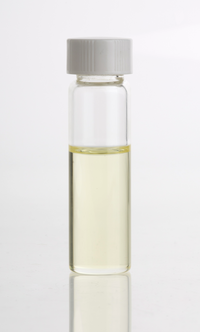– **Main Constituents:**
– Sandalwood oil contains over 90% sesquiterpenic alcohols.
– 50–60% of the oil is α-santalol while 20–25% is β-santalol.
– Composition varies based on species, region, tree age, and extraction process.
– ISO standards for S. album oil are 41–55% α-santalol and 16–24% β-santalol.
– The oil’s constituents are influenced by several factors.
– **Traditional Uses:**
– Sandalwood oil is used in aromatherapy, soaps, and cosmetics.
– It is utilized in Ayurvedic medicine for treating various disorders.
– Studies show physiological effects of inhaling sandalwood oil compounds.
– It holds religious significance in Hinduism, Jainism, Buddhism, and Zoroastrianism.
– The oil has diverse traditional uses.
– **Production:**
– Sandalwood oil is distilled from the entire tree, including stump and roots.
– Australian sandalwood doesn’t require sapwood removal, unlike Indian Sandalwood.
– Distillation processes differ for various sandalwood species.
– Production methods vary for different types of sandalwood.
– Distillation plays a crucial role in obtaining the oil.
– **Fragrance:**
– Sandalwood oil is valued for its woody-floral scent.
– It complements other scents like violet, rose, and clove.
– Synthetic substitutes are being developed due to sandalwood’s rarity.
– Some synthetic alternatives mimic sandalwood’s scent effectively.
– Certain synthetic substitutes have therapeutic potential.
– **Safety:**
– Limited research exists on the safety of sandalwood oil.
– No significant adverse effects documented in scientific literature.
– Some studies highlight potential toxic effects at higher levels.
– Sandalwood oil continues to be used in cosmetics and food.
– Current usage levels in food are considered safe.
Sandalwood oil is an essential oil obtained from the steam distillation of chips and billets cut from the heartwood of various species of sandalwood trees, mainly Santalum album (Indian sandalwood) and Santalum spicatum (Australian sandalwood).

Sandalwood oil is used in perfumes, cosmetics, sacred unguents, and as a mild food flavouring.
